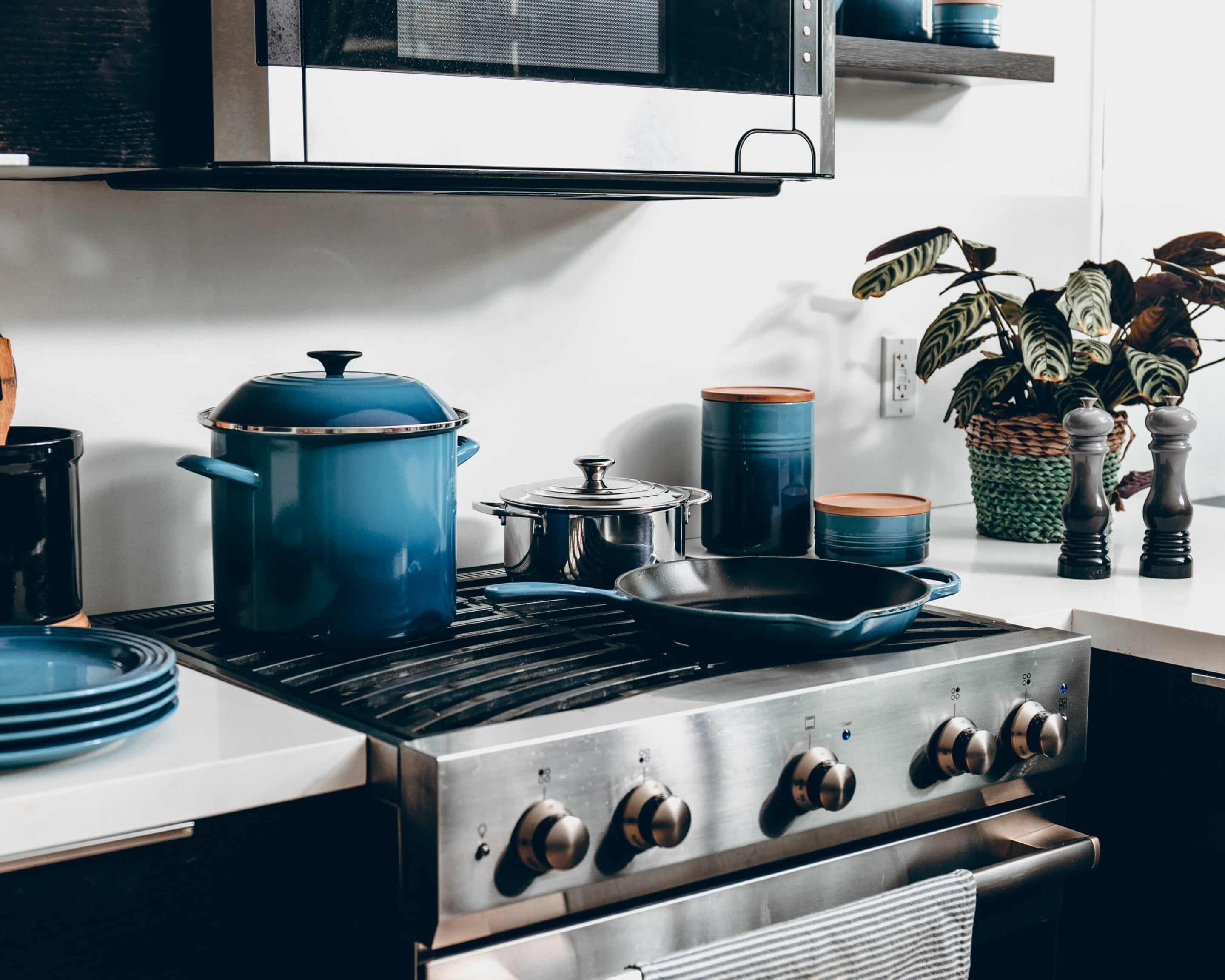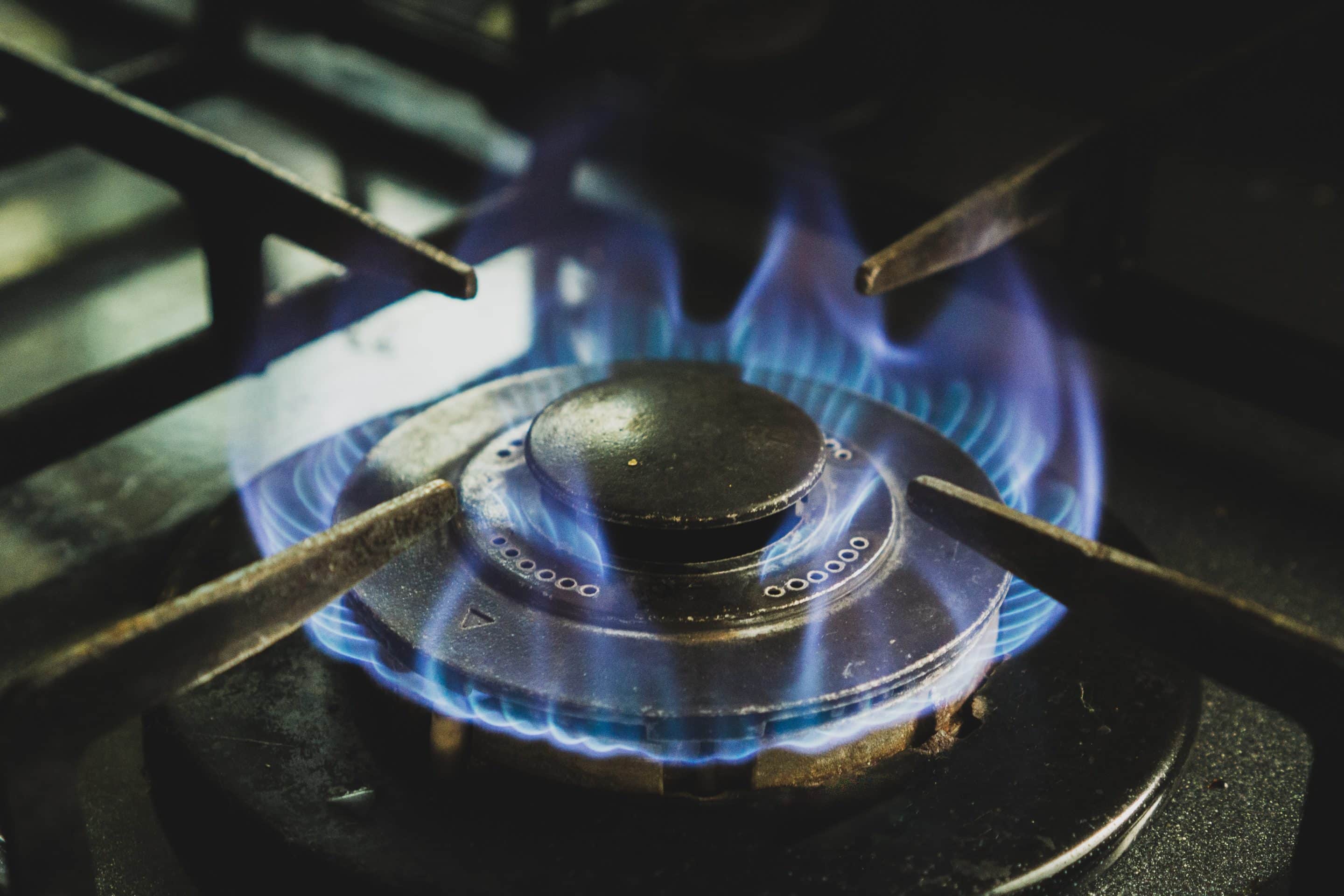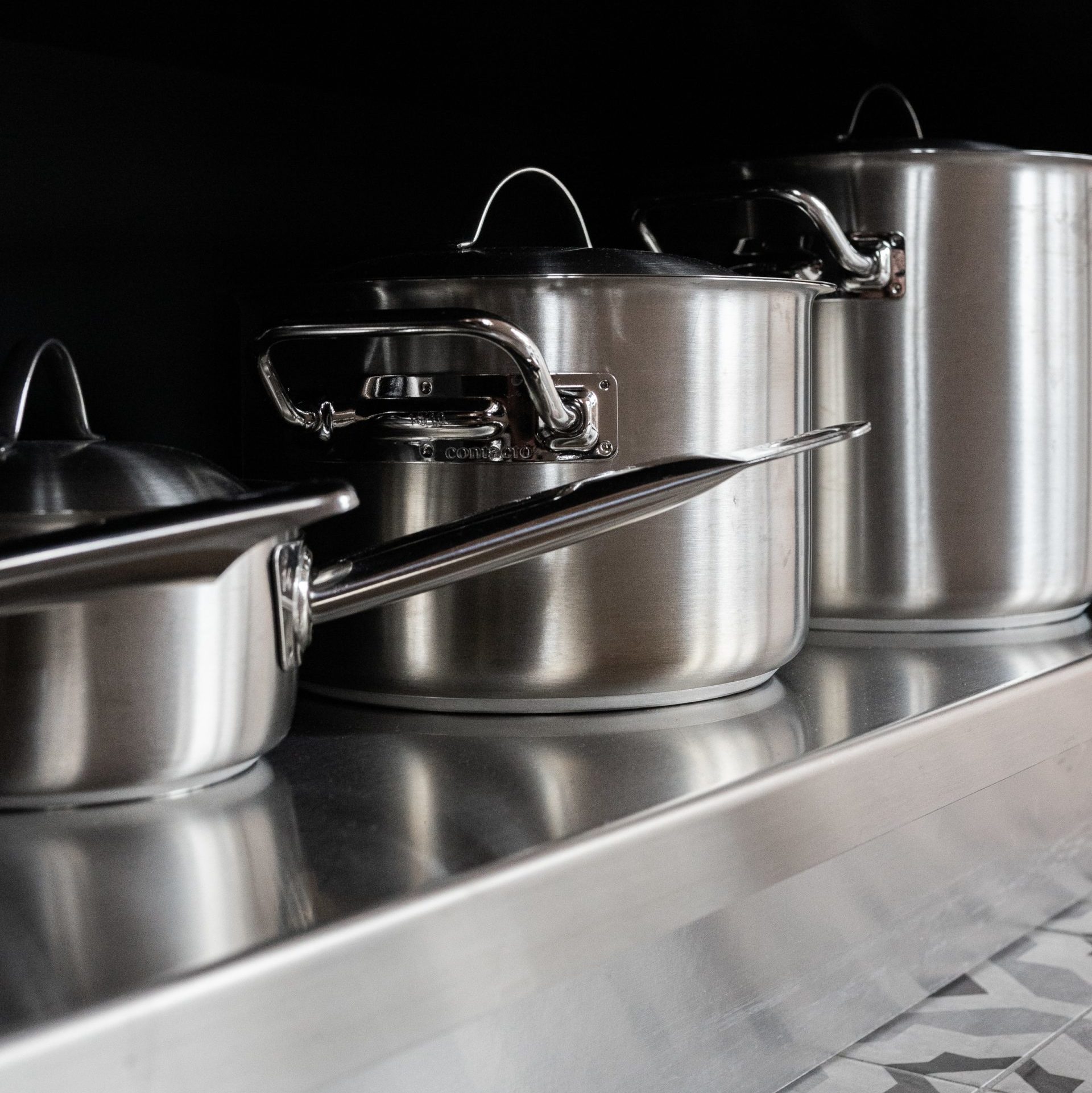Gas or Induction Stove? Tips for Picking the Right Cooktop for You
Don’t let this lack of popularity keep you from looking into an induction stove – with all the benefits they offer, an induction stove might be right for you.

What’s the Difference Between Induction and Gas?
Gas ranges are pretty straightforward. You control each burner’s flame with a knob and cook over the heat that the flames produce. Gas cooktops allow you to cook with a little more flexibility – you can move your pan around, tossing the food inside, or you can even roast a pepper over an open flame. Most restaurants and industrial kitchens use gas ranges, and they’re often touted as the favorite among chefs.
On the other hand, induction ranges cook without a flame. They actually don’t cook with thermal heat at all. Instead, induction stoves transfer energy from the electromagnets in their burners into the cookware itself. The pan you’re cooking in heats up, but the actual stove surface doesn’t. Induction ranges have a reputation for being safe, easy to clean, and energy-efficient.

Functionality and Cost of Gas and Induction Stoves
Both gas and induction stoves get the job done – but they clearly do it in different ways. Below are some of the key differences in how gas and induction stovetops function.
Speed of Heating and Temperature Control
Because induction heats your cookware directly, it’s an extremely efficient way to cook (more on this below). This efficiency also means it can get cooking really quickly. A comparison of gas, electric, and induction stoves timed how long it took each to boil .75 liters of water. The induction stove boiled water in about half the time of gas.
A gas range provides simple temperature control that many chefs are comfortable with. “Eyeballing” the flame under the pan while adjusting the knob helps them reach the perfect setting. Induction, on the other hand, has no knobs. The temperature changes on a dime, but you’ve got to change it with a temperature panel. And there’s no need to worry about waiting for a hot burner to cool down since the burners themselves don’t put off heat.

Ease of cleaning
Gas ranges aren’t particularly hard to clean, but it’s no question that an induction range is easier to clean. With a gas cooktop, you have to remove the grates, soak and scrub them, and then scrub the stovetop, too. With induction, you can wipe up spills right away (no hot burners, remember?), and the smooth, glass surface doesn’t have anywhere for spills or crumbs to hide. It’s as simple as a quick wipe-down.
Safety
Safety is where induction cooktops really take the cake. Gas stoves present the obvious risks associated with open flames – misplaced hot pads, for example, can be bad news around gas burners. In addition to the open flames, gas stoves can give off nitrogen dioxide or carbon monoxide, which can be a serious danger if undetected.
On the other hand, induction ranges have no open flames, and since they heat with induction rather than thermal energy, there’s almost no chance of getting a burn (except hot cookware). Because induction burners turn off when there’s no cookware on top of them, you don’t have to worry about leaving it on a burner after walking away from the stove.

Efficiency
Gas stoves lose heat as the flame indirectly heats the cookware above them. This lost energy can heat up your kitchen, and it means it will take longer for the contents of your pot to heat up. Since induction cooktops heat up the cookware without heating the burners themselves, they transfer about 90% of their energy to your food – that’s more than twice as efficient as a gas stove. And because induction cooktops are so efficient, they won’t heat up your kitchen when you’ve got the burners going.
Cost
Generally, a gas range costs less than an induction range. Gas ranges can cost half as much as some of the lower-end induction models. But that doesn’t mean you can’t spend more on a gas range than an induction range. On the lower end, induction stoves cost around $1000 – but this is only a couple hundred more than a mid-range gas stove.
Also, keep in mind the cost of installing new cooktops. The cost of installing an induction cooktop is around $200. For a new gas range, you’ll have to install a gas line if you don’t have one already. This can cost hundreds of dollars or more, depending on how far the main gas supply is.
When considering converting to induction, you also need to calculate the possible cost of new cookware. Induction stoves aren’t compatible with everything – remember, they rely on magnetic metal in the cookware for the energy transfer that heats your food. You won’t be able to use any of your copper, ceramic, or aluminum cookware – but most stainless steel and cast iron pots and pans will work.

Recap: Pros and Cons
While gas and induction stovetops serve the same purpose, there are a lot of differences in how they function and perform. Here’s a quick recap of the pros and cons of each.
Gas Stoves
Pros
- Can cost less
- Can be used with more versatility
- Temperature control is easy
- Immediate heat source
- No specific cookware required
Cons
- Uses an open flame
- Dangerous gas leaks are possible
- Cleaning requires additional steps
- More maintenance is necessary
- Lack of efficiency leads to heat loss and longer cook times
Induction Stoves
Pros
- No open flame
- No risk of gas leaks
- Safer to use than gas or electric stoves
- Easy to clean
- Extremely efficient
- Boils water faster than traditional cooktops
Cons
- Generally more expensive than traditional cooktops
- Require certain cookware
- Temperature control can take time to get used to
- Cookware needs to sit on the burner for the stove to be on
Which One Is Right for You?
There’s a lot to consider when remodeling a kitchen and choosing new appliances. While gas and induction stoves both perform well, different people will have different preferences. Take your needs, wants, and existing situations into consideration before making a choice.
If you’re a home chef who’s used to making the perfect fried rice over an open flame, maybe gas is for you. But if you’ve got a busy, young family, you may prefer the efficiency and safety of induction. And if you’re still unsure what to choose, contact us so we can help you pick out the perfect cooktop for your kitchen.
Ready to Remodel?
McManus Kitchen and Bath is a design and build company specializing in kitchen and bath remodels.
